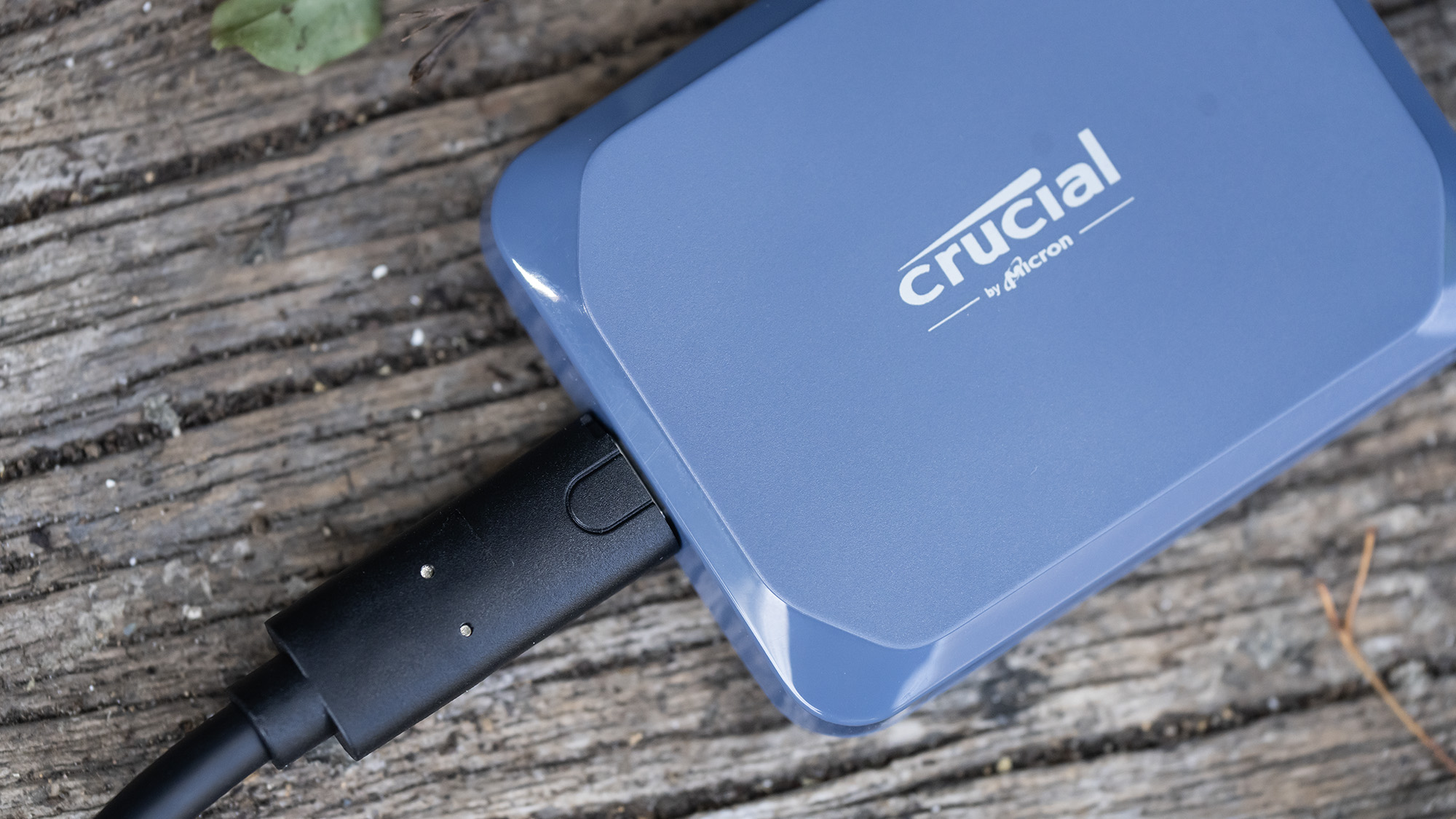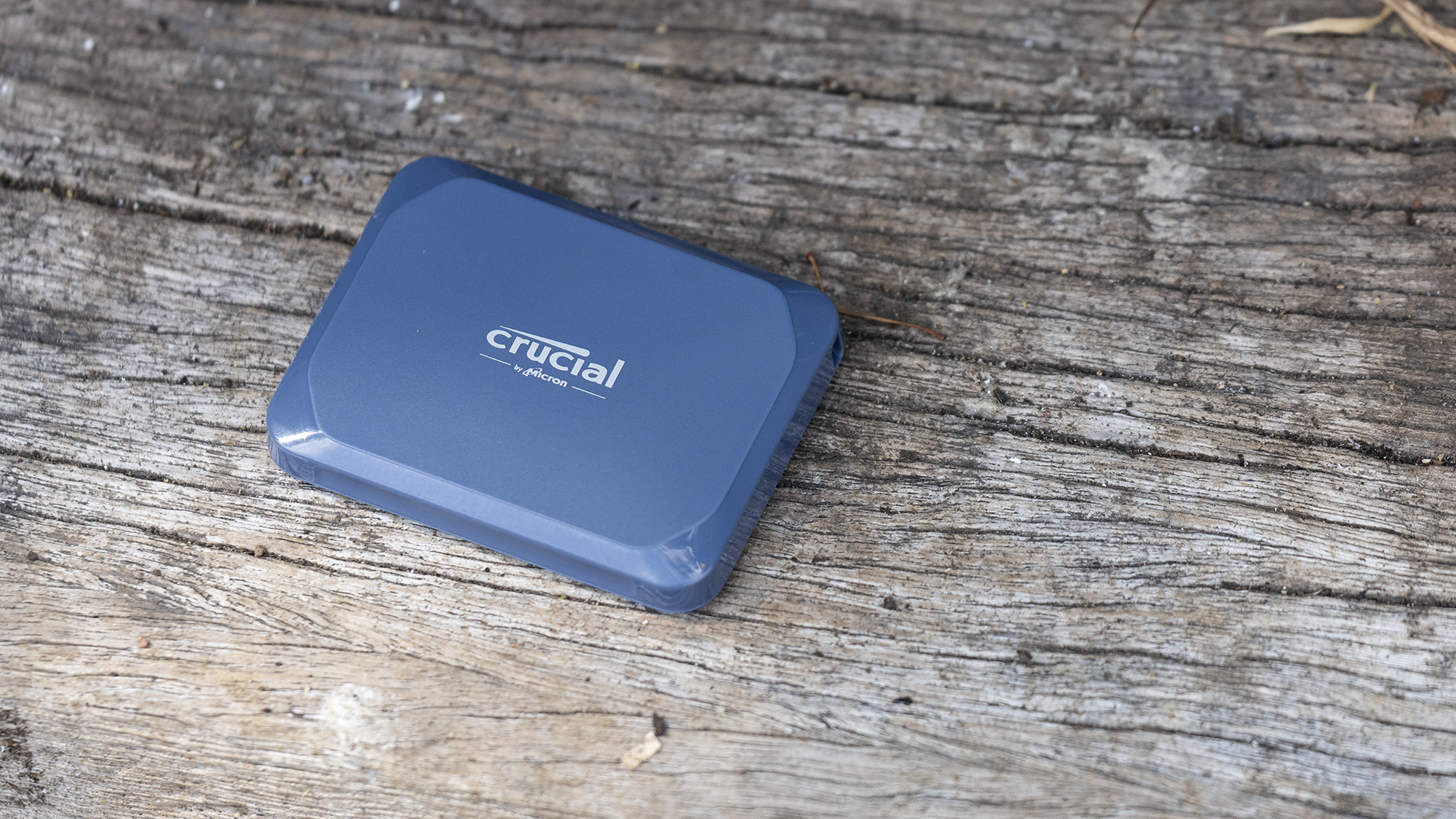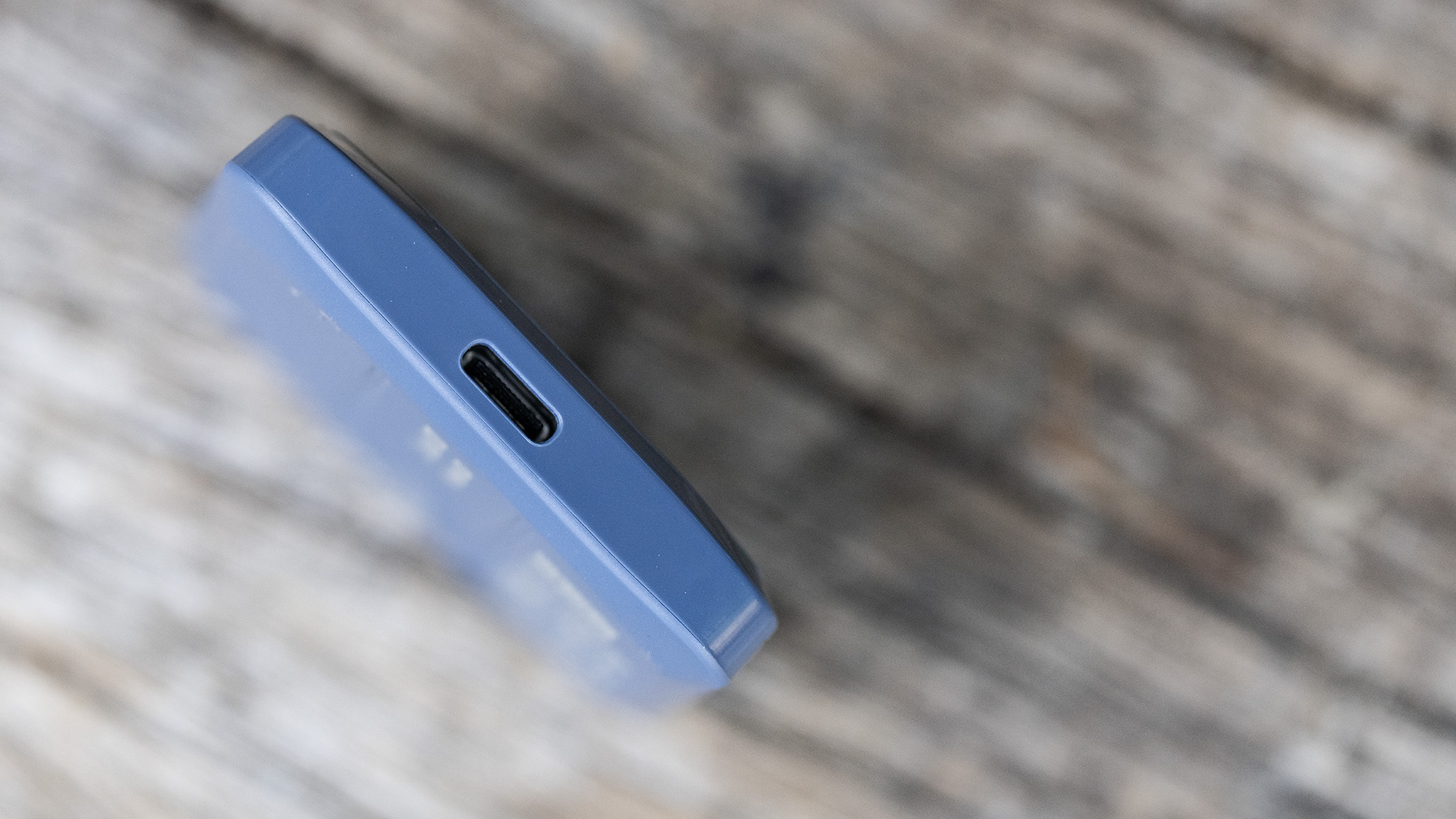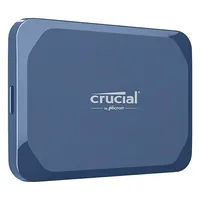I rate this portable SSD because it strikes a balance of speed and price (and it's on sale)
The Crucial X10 is capable of sucking in alllll the data – and really quickly too.

Portable SSDs have revolutionised the way I look at data storage. While a USB flash drive is the equivalent of a floppy disk - usually slow, of low capacity, and of dubious provenance if you find one in the bottom of your bag you’d forgotten ever owning, technology has moved on. The best portable hard drives have served us well for years, but the current crop of USB-C SSDs are much faster and can carry more data.
I’ve also never had one fail on me, though it’s still early days and if you ask me again in ten years the answer may well be different. As someone who’s managed to kill USB sticks, microSD cards and at least one SATA SSD, that’s important.
Crucial X10 SSD $208 $164 at Amazon
Save $21%: Out of all the portable solid state hard drives that I've owned and tested, the X10 is one of my favourites. It's skimming stone thinness and pocket size makes it super easy to use, and it's very quick in transferring data. It's perfect for creatives on the move.

One of my favourites right now is the Crucial X10. It comes in sizes up to a frankly ridiculous 8TB, and has a faster-than-usual USB connection for extra-fast transfers. It’s pretty new, but is already on offer at Amazon, with 13% off the 2TB model in the UK, and 10% off the 4TB drive in the US.
What I like about this drive is the fact it's small and light - the casing is flat enough that it can easily go in a pocket or bag without having to worry about it taking up space. It’s about twice the size of a USB flash drive, and requires a USB-C cable. Luckily, there's a short one in the box that’s perfect for hooking it up to the side of your laptop, and is capable of utilising the drive’s full speed.
The X10 is equipped with a slightly unusual USB type. It’s USB 3.2 x2, which means at a maximum of 20Gb/s it’s twice as fast as the usual USB 3.2. This allows the drive to really open up, and in our tests it hit a write speed of 2016.8MB/s, which converts to 16Gb/s, pretty close to the max.

The only niggle here is that USB 3.2 x2 isn’t very common. The older 10Gbps USB 3.2 connection is still around, as is USB4 and various flavours of Thunderbolt, all of which use the handy little USB-C connector and can be impossible to tell apart.
Happily, USB4 is backward compatible (most of the time) and Thunderbolt 4 (and therefore TB5 too) can get the best speeds out of the drive as well. On plain old USB 3.2 and below you’re limited to the maximum speed of the port - this is the sort of connector found on the bottom of the Pro versions of recent iPhones, so if you’re using one of these for content creation you can use the X10 to back up your footage, then read it back on your laptop at twice the transfer rate.
You can never have too many copies of important data, and if you’re using a camera with only one memory card slot, being able to copy your files to something fast and portable can help prevent a heartbreaking experience. It also makes a good choice for storing your Steam library if you need to keep your laptop’s internal SSD clear for professional use - those game downloads can get big, and being able to transfer large amounts of data quickly is something the X10 excels at. This is what I've been using it for, and it's almost as fast as a PCIe 3.0 M.2 drive without having to open up your Mac or PC and start fiddling around inside.
While the X10 isn't as small as the Seagate Ultra Compact or as cheap as its predecessor the Crucial X9, the extra burst of speed and huge capacity options mean it's one of the top choices for a portable SSD right now.
Daily design news, reviews, how-tos and more, as picked by the editors.

Ian Evenden has been a journalist for over 20 years, starting in the days of QuarkXpress 4 and Photoshop 5. He now mainly works in Creative Cloud and Google Docs, but can always find a use for a powerful laptop or two. When not sweating over page layout or photo editing, you can find him peering at the stars or growing vegetables.
You must confirm your public display name before commenting
Please logout and then login again, you will then be prompted to enter your display name.

